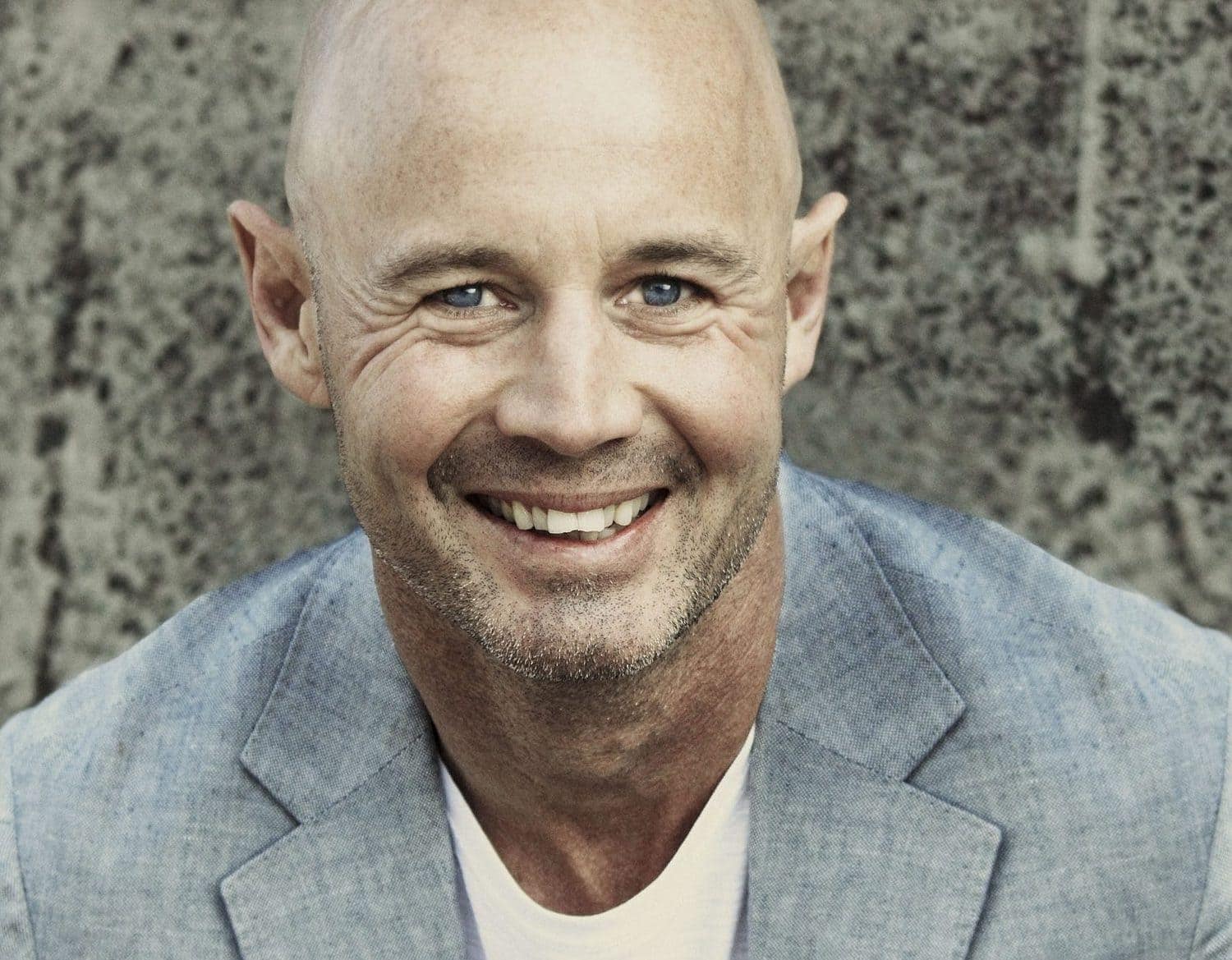Despite the fact that the trend of resumes without photos is becoming more and more established, the truth is that in some areas of the planet it seems that we are still far from doing without it. So a good resume photograph becomes essential when it comes to finding a job, because, like it or not, it is usually part of the first impression that the person who reads it receives about us.
A lot of information can be extracted from a resume photograph, regardless of whether we are more or less handsome, young or old, our image speaks of our personality, our perfectionism, neatness, and even our character.
A passport photo , a selfie taken with a mobile phone sprawled on the beach or a professional studio photo do not convey the same impression , right? ?
1. GO TO A PROFESSIONAL
It is the best way to ensure that you have good results when it comes to getting a good resume photo.
The studios where these types of images are made already have a background or correct lighting so that your image is satisfactory.
However, many of us do not like to have these types of photos taken of us, am I wrong?
And then the consequence is that you come out with a face that, uh... bears little resemblance to the good impression you want to convey about yourself.
For this you have no choice but to do it yourself, which will allow you to do an unlimited number of tests until you are satisfied with the result.
2. USE A TRIPOD
Either you have a friend or friend with a few notions of photography or the best thing is that you organize the photography yourself, which you do have ?
For this, it is best that you get a tripod and a remote shutter release .
If the photograph is for someone else, you can work freehand as long as you have enough light for the image to be perfectly clear.
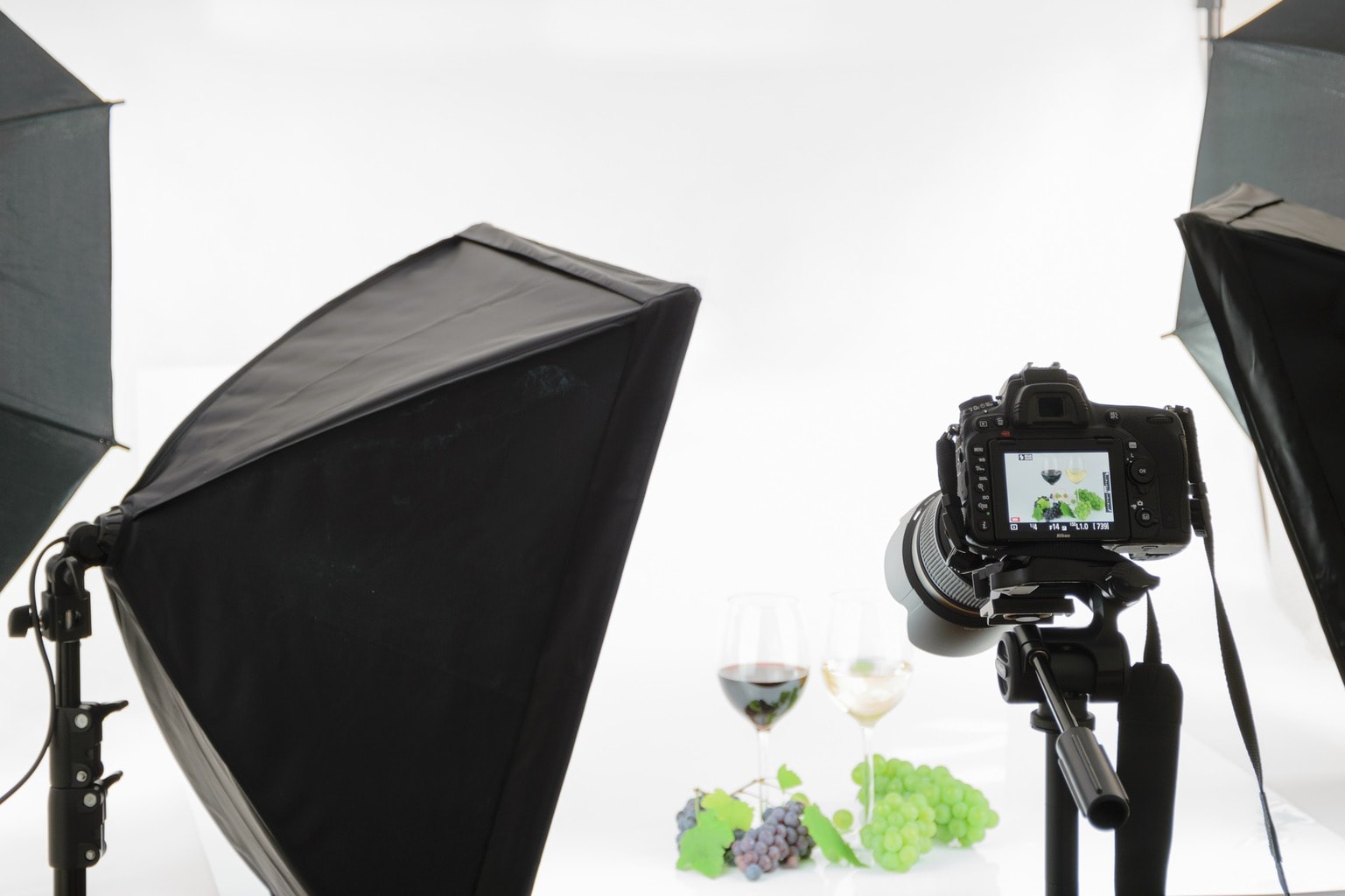
2. CHOOSE A SUITABLE BACKGROUND
It is very important that you be careful with the background.
Nothing to take pictures in the kitchen, with the TV on behind, or having a drink on the terrace on duty. Neglecting the background transmits little seriousness or carelessness.
It's as easy as looking for a solid color neutral background. You can use a smooth wall in your house or outside.
If you want to be something more original, you can contextualize your image with other types of backgrounds, for example exteriors , but always carefully chosen and with special care so that they do not detract from your role.
3. MEDIUM SHOT
Unless you're looking to be an eye or nose model, the ideal is to avoid extreme close- ups ?
Although there is a widespread idea that a resume photo should simply be a head shot, a medium shot is ideal, as it allows us to show much more about ourselves than just a face.
A medium shot speaks of our pose, our clothing, our expression, and so on.
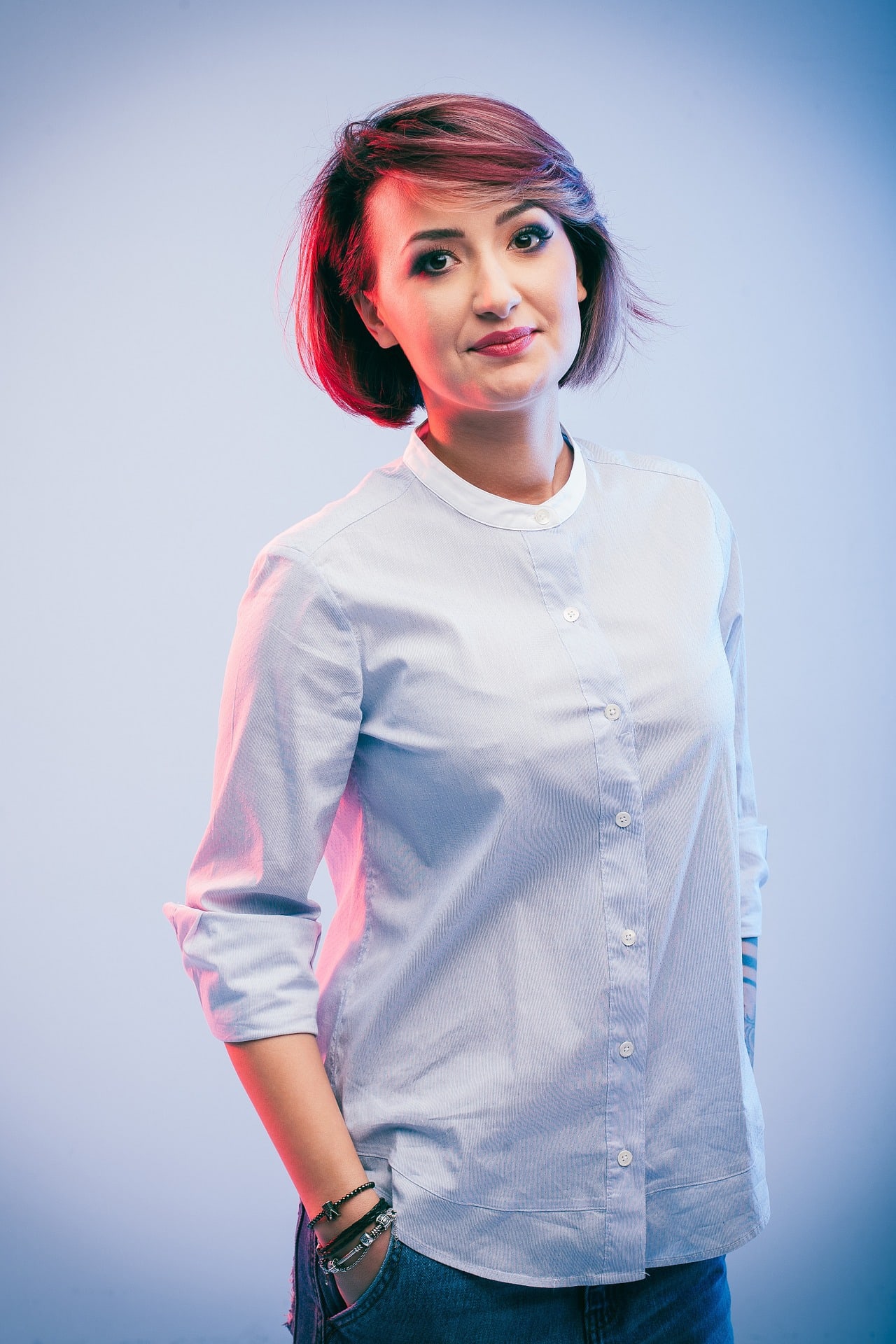
4. COMFORT
To avoid forced poses that are reflected in our expression, it is best to find a position in which you are comfortable, you feel relaxed and, therefore, your personality flows naturally in front of the camera.
You can lean slightly against a wall (be careful with the shadows that you can project behind) or sit on a chair or on a stool.
5. POINT OF VIEW
Any inclination of the camera with respect to the protagonist of the image, you must take into account when taking any photograph because, although it seems somewhat far-fetched, the truth is that both a slightly chopped scene and a counter-chopped scene transmit totally different sensations .
For example, if we focus on the point of view (the camera slightly above the portrayed subject), the sensation that we transmit to the viewer of the image is one of humility or fragility.
On the other hand, if we slightly counter the angle (from bottom to top), the impression is of strength and grandeur.
On the other hand, a point of view at a right angle creates an effect of empathy between the subject and the viewer, as well as stability and peace.
Choosing one or the other will depend on your personality and even the position you apply for.
6. THE FACE AND ITS EXPRESSION
As much as we do not make a very close-up, the face is probably what human beings analyze the most about each other.
The look or expression are your main letter of introduction.
A slight smile and a direct and friendly look at the camera (of course avoiding a frown or any other similar attitude ? ) is usually the most advisable.
Although, of course, it depends on you, your personality and what you want to convey.
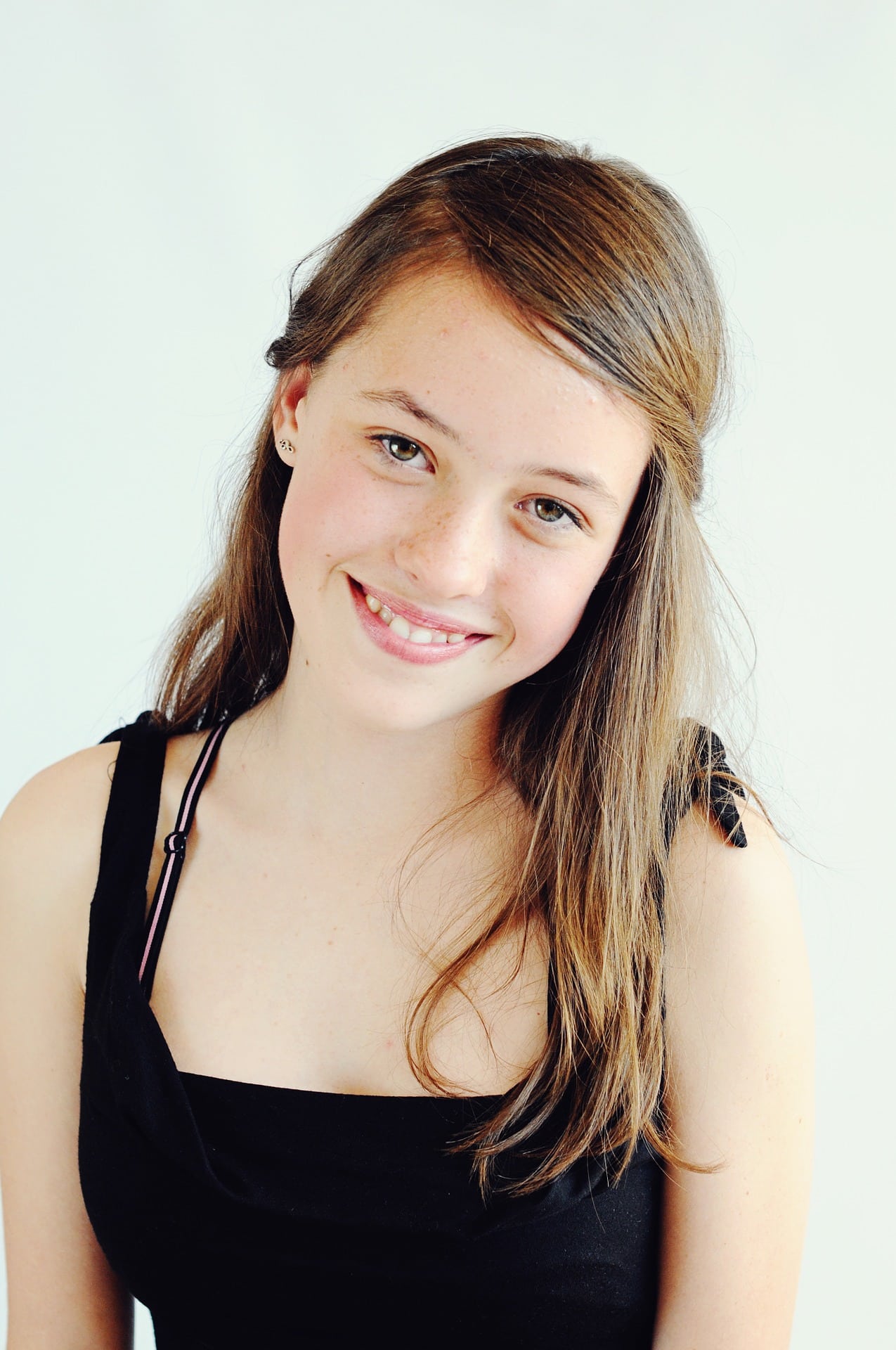
7. THE LIGHTING
The easiest thing is to work with natural light , preferably the soft light of the first and last hours of the day, which is the most flattering for any portrait.
This light is soft, warm and diffused , so it does not create annoying shadows on the face and naturally flatters the features.
Try moving closer to the windows. If the light is too strong, use a thin curtain as a diffuser.
If you need to work with flash, bounce it off some light surface or get a diffusing screen for it.
Direct flash light is often too harsh, leaving cold, unreal images. Oh, and about the integrated camera, we better not talk about it, just forget about it ?
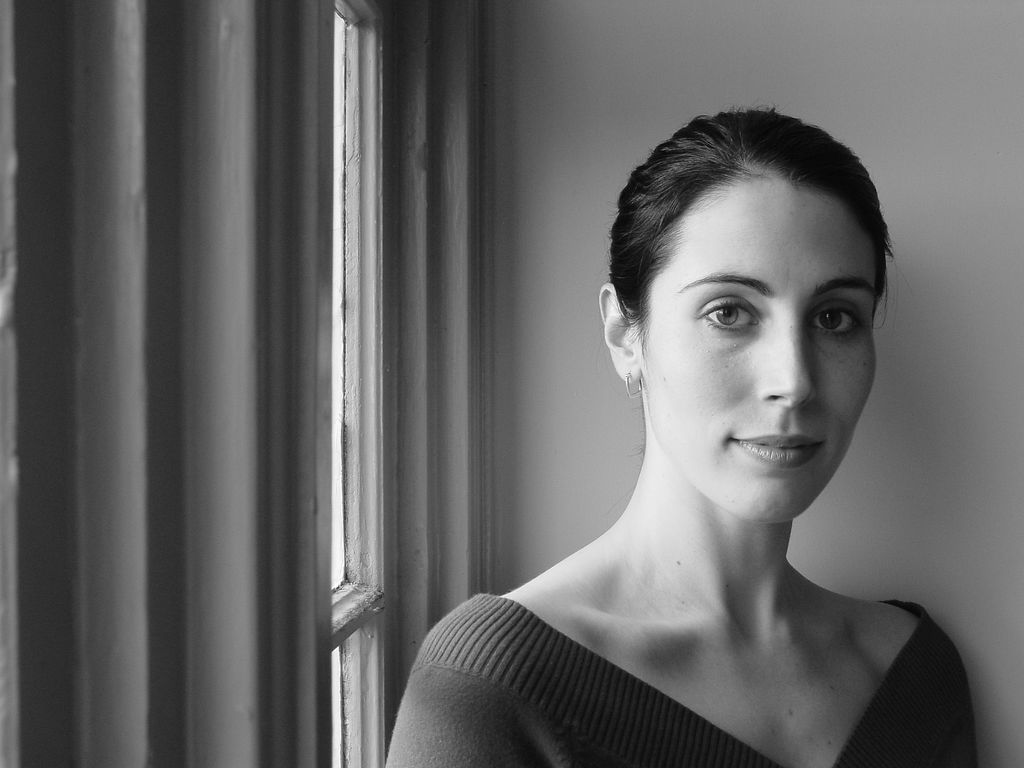
8. WORK WITH LARGE DIAPHRAGM OPENINGS
I won't say that you use the maximum aperture just in case you have a king of f/1.4 aperture lenses, because that would be too shallow a depth of field, but I will say that you work with large apertures.
Not only will it allow you to isolate your subject to focus your interest on blurring the background, but you'll have more light to work with, allowing you to use higher shutter speeds to avoid judder or movement in the image.
9. LOOK AT THE CAMERA AND FOCUS ON THE EYES
Remember that it is an image that is more informative than artistic and how important the look is when we want to portray someone.
Isn't it true that a look at the camera is more natural than one that looks in another direction? Likewise, remember to focus your eyes well; a good focus on the eyes is already half an image achieved ?
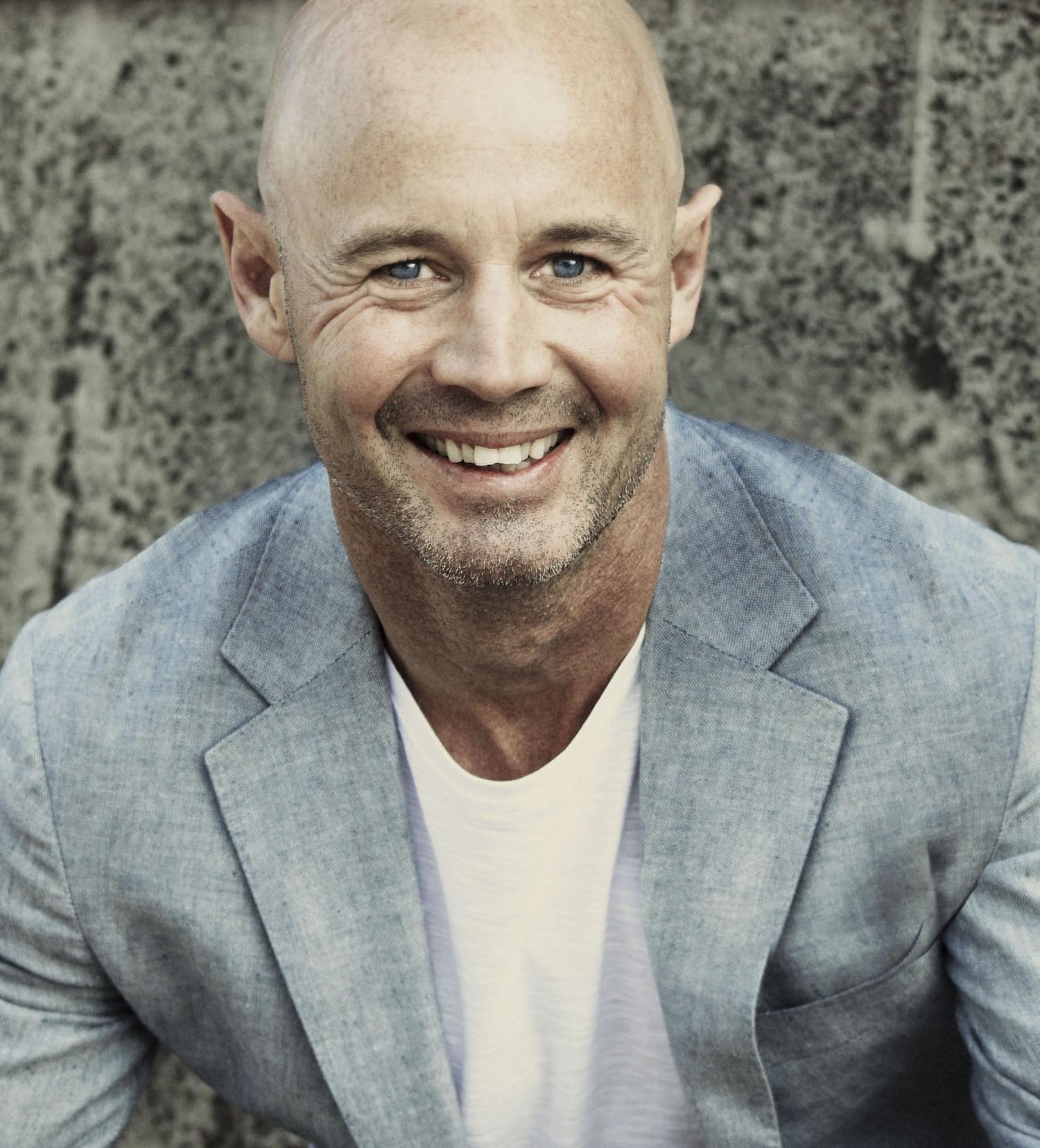
10. WARDROBE
Do not neglect your appearance, remember that I have recommended a medium shot, which implies that, from the waist up at least, your wardrobe will be a leading part of the scene, just like your hairstyle, your beard or your makeup, if you take it
Everything should fit the type of job you are applying for.
I imagine that if you are a surf teacher on a beach in Hawaii you will not necessarily need to wear a rigorous dark suit, but if you are applying for a managerial position in a bank, there is no doubt that you do.
11. ALWAYS USE AN UPDATED IMAGE
Always use the most recent photograph possible. When we finally find an image in which we see ourselves well, in which we recognize ourselves, like ourselves and believe that it speaks perfectly about us or that it has worked well for us for a while, we tend to settle into it and make the most of it.
But time passes, and no matter how well you preserve yourself, don't be fooled, you get old ?
Photos from 10 years ago are not worth it, nor are they 15 kg less or more. Your image must be as faithful as possible to your current self, otherwise the impression that the interviewer will receive when they meet you will be deceitful. Bad way to start, don't you think?
12. TAKE VARIOUS TESTS
Do not be afraid to do several tests and keep the image that satisfies you the most, the one that you think best represents you and the most appropriate for the position you are applying for.

